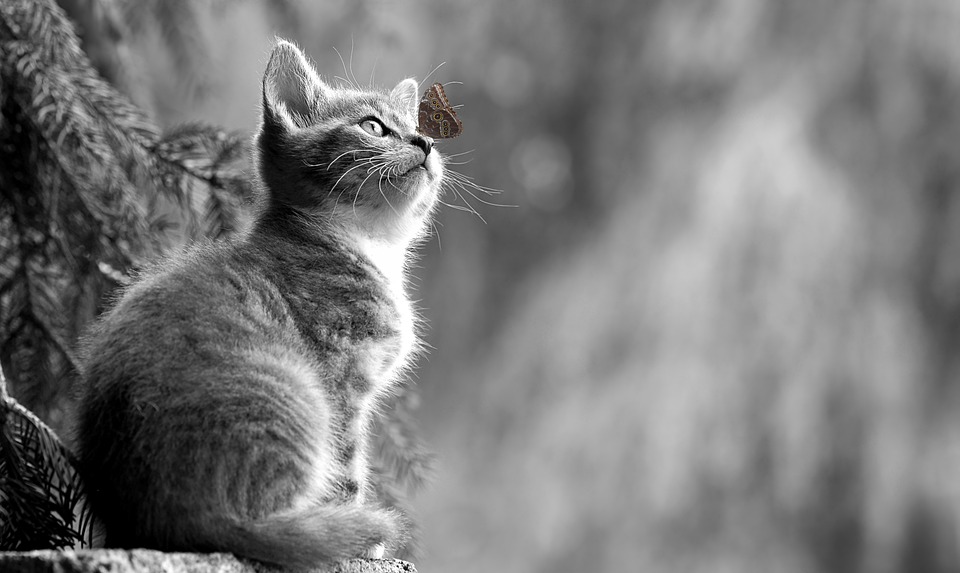Cat owners understand the importance of keeping their feline companions healthy, and this includes paying attention to their eyes. Cats can experience a range of eye problems, some of which are quite common. It is crucial to identify these issues and seek prompt treatment to ensure the well-being of your cat. In this article, we will discuss some common eye problems in cats, their causes, symptoms, and potential treatments.
1. Conjunctivitis (Pink Eye)
Conjunctivitis is the inflammation of the pink tissue lining the inner eyelids and the white part of the eyes. It is a common eye problem in cats and can be caused by infections, allergies, or irritants. Symptoms of conjunctivitis include redness, swelling, discharge, squinting, and excessive blinking.
To treat conjunctivitis, it is important to identify and address the underlying cause. If the cause is an infection, your veterinarian may prescribe antibiotic eye drops or ointments. If allergies are the culprit, antihistamines or corticosteroids might be recommended. Cleaning the affected eye with a warm, damp cloth can help alleviate discomfort and remove discharge.
2. Corneal Ulcers
Corneal ulcers are open sores on the cornea, which is the clear outermost layer of the eye. They can occur due to trauma, foreign objects, infections, or underlying eye conditions. Symptoms of corneal ulcers include redness, cloudiness, discharge, squinting, pawing at the eye, and excessive tearing.
If you suspect a corneal ulcer, it is crucial to seek immediate veterinary attention as these can be serious and lead to vision loss if left untreated. Treatment typically involves antibiotic eye drops or ointments to prevent infection, pain relief medication, and in severe cases, a protective collar may be necessary to prevent further damage.
3. Cherry Eye
Cherry eye is a condition in which the gland located in the third eyelid becomes prolapsed and appears as a red mass in the corner of the eye. While the exact cause is unknown, genetic factors may contribute. Cherry eye can cause discomfort, dryness, and potential complications if left untreated.
Surgical intervention is often necessary to correct cherry eye. Your veterinarian will assess the severity of the condition and recommend the appropriate surgical procedure. Early treatment is crucial to prevent long-term complications and preserve your cat’s eye health.
4. Glaucoma
Glaucoma occurs when there is increased pressure within the eye, leading to damage to the optic nerve and potential vision loss. While rare in cats, it is a serious condition that requires immediate medical attention. Glaucoma can be primary (genetic) or secondary (caused by other eye problems) and often affects older cats.
Symptoms of glaucoma include redness, cloudiness, dilated pupils, squinting, and increased tearing. Your veterinarian will measure the eye pressure and determine the underlying cause. Treatment may involve eye drops to reduce pressure, oral medications, or in severe cases, surgical procedures to relieve pressure and preserve vision.
FAQs
1. Can I use over-the-counter eye drops for my cat’s eye problems?
It is not recommended to use over-the-counter eye drops without veterinary guidance. Some human eye drops can be harmful to cats and may worsen the condition. Always consult your veterinarian before using any medication.
2. How can I prevent eye problems in my cat?
Regular veterinary check-ups are essential to detect and prevent eye problems. Keep your cat’s living environment clean to minimize irritants, and avoid exposing them to potential eye hazards. Additionally, maintaining a healthy diet and keeping your cat’s vaccinations up-to-date can help prevent certain eye infections.
3. My cat’s eyes are watery. Should I be concerned?
Excessive tearing can be a sign of various eye problems, including conjunctivitis, corneal ulcers, or glaucoma. If your cat’s eyes are consistently watery or if you notice any other concerning symptoms, contact your veterinarian for an evaluation.
Remember, the eyes are windows to your cat’s overall health. Regular observation, prompt veterinary care, and appropriate treatment are essential to maintain your cat’s eye health and overall well-being.








